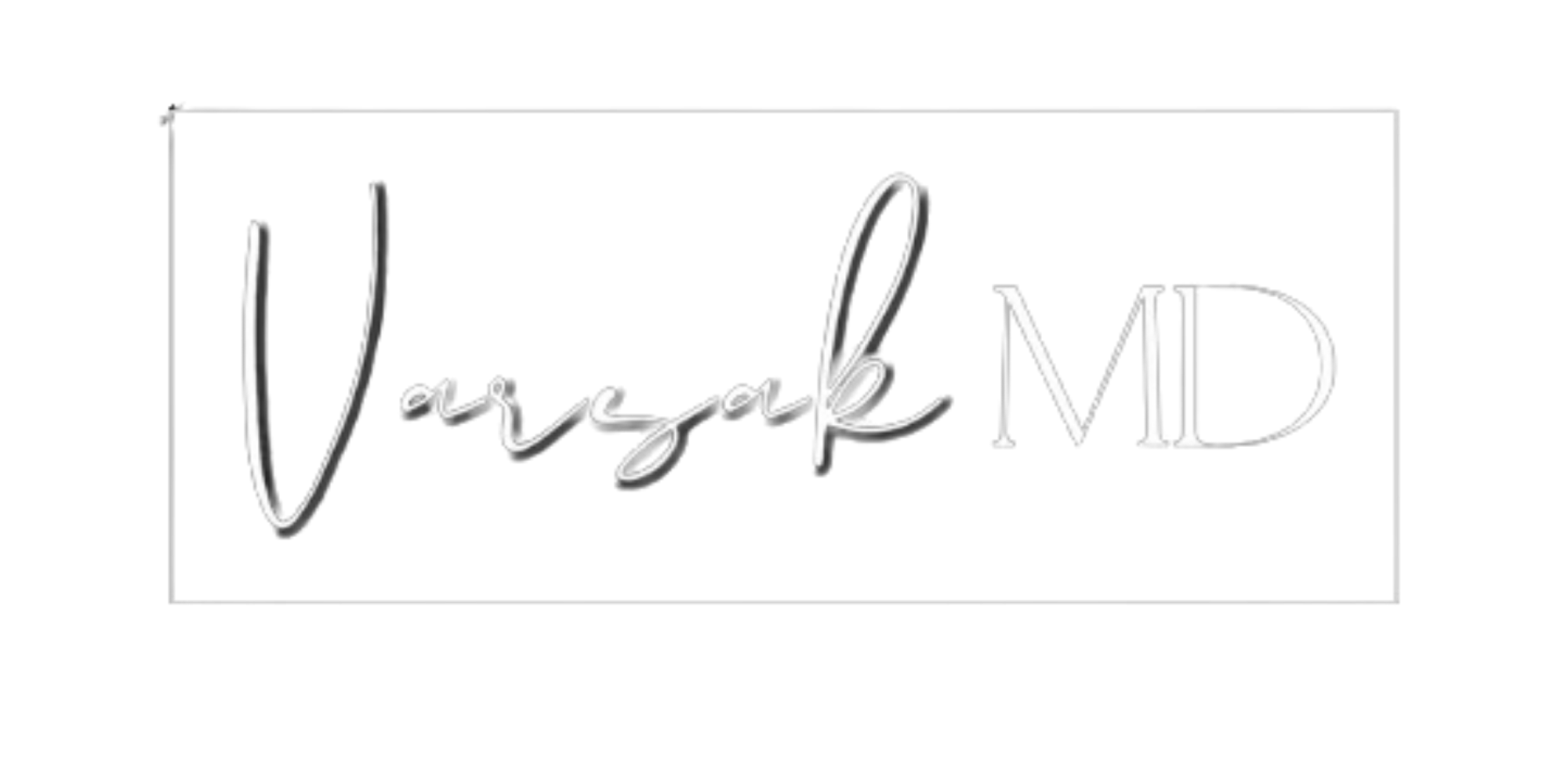Frontoplasty
Frontoplasty Type 3: Understanding the Procedure and Its Limitations
Understanding Forehead Differences
While generalizations exist, it's important to remember that facial features vary significantly between individuals, regardless of gender.
Male foreheads:
Typically have a more pronounced brow bone (supraorbital rim) and a glabella (area between the eyebrows) that contributes to a projected appearance. The forehead height can also be taller on average compared to females.
Female foreheads:
Generally smoother and lack the prominent brow bone structure. However, focusing solely on brow bone reduction can be an oversimplification, as feminine foreheads also possess:
- Smoothness - Absence of pronounced ridges.
- Fullness - Rounded shape with adequate volume.
- Balance - Not excessively sloped backwards.
Addressing Frontal Bone Variations
In many cases of frontal bone variations, the frontal sinus is quite large and the anterior wall is thin. Type 3 frontoplasty aims to reduce the prominence in the forehead area by removing, reshaping, and replacing the anterior wall without compromising the integrity of the frontal sinus anterior wall.
Distinction from Other Frontoplasty Procedures
- Type 3 frontoplasty Targets cases with a significantly protruding frontal bone and a thin anterior wall. The anterior wall is removed, allowing for extensive reshaping and reduction of the bony prominence.
- Other frontoplasty procedures Address milder frontal bone protrusions. Augmentation of the frontal area is often necessary to achieve a smooth and balanced contour.
- Limited cases: In rare cases, where the protrusion is minimal and the anterior wall is thick, bone reshaping (osteoplasty) via burring may be sufficient.

Importance of Correct Procedure Selection
Type 3 frontoplasty If indicated, it provides a more comprehensive reduction in frontal bone prominence compared to osteoplasty alone.
Inadequate reduction: Performing only osteoplasty when Type 3 frontoplasty is required may result in insufficient flattening, leading to lower patient satisfaction.
Frontoplasty Type 3 focuses on brow bone reduction through:
- Anesthesia: General anesthesia is typically used.
- Incision: The incision can be made either along the hairline or behind it (coronal incision).
- Bone reshaping: The central bone plate is removed, thinned, and reshaped and fixed it back to achieve a smoother appearance.
Frontoplasty Type 3 and combined procedures:
- Not a one-size-fits-all solution This technique may not address the full spectrum of differences between male and female foreheads.Therefore, additional procedures like implant placement or orbital bone shaping might be necessary to achieve a more comprehensive and aesthetically pleasing result.
Additional Considerations:
- For achieving ideal female forehead characteristics On top of forehead shape change, other female facial charactheristics in the forehead region can be achieved by additional procedures such as hairline advancement and brow repositioning.
- Individualized approach: Each patient's unique anatomy and desired outcome should be carefully assessed to determine the most suitable approach.

